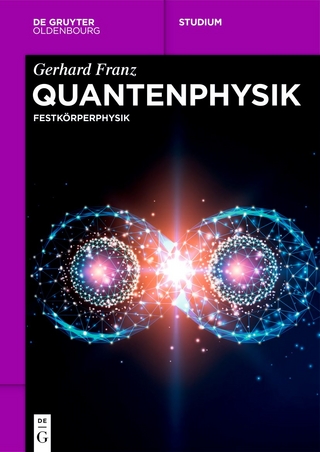
Geometrical Frustration
Seiten
1999
Cambridge University Press (Verlag)
978-0-521-44198-8 (ISBN)
Cambridge University Press (Verlag)
978-0-521-44198-8 (ISBN)
This book shows how using the concept of geometrical frustration elucidates the structure and properties of non-periodic materials including metals, amorphous solids, liquid crystals, amphiphiles, cholisteric systems, polymers, phospholipid membranes, atomic clusters, and quasicrystals. Appendices give all necessary background on geometry, symmetry and tilings.
This book shows how the concept of geometrical frustration can be used to elucidate the structure and properties of non-periodic materials such as metallic glasses, quasicrystals, amorphous semiconductors and complex liquid crystals. Geometric frustration is introduced through examples and idealized models, leading to a consideration of how the concept can be used to identify ordered and defective regions in real materials. Then it is shown how these principles can also be used to model physical properties of materials, in particular specific volume, melting, the structure factor and the glass transition. Final chapters consider geometric frustration in periodic structures with large cells and quasiperiodic order. Appendices give all necessary background on geometry, symmetry and tilings. The text considers geometrical frustration at different scales in many types of materials and structures, including metals, amorphous solids, liquid crystals, amphiphiles, cholisteric systems, polymers, phospholipid membranes, atomic clusters, and quasicrystals. Of interest to researchers in condensed matter physics, materials science and structural chemistry, as well as mathematics and structural biology.
This book shows how the concept of geometrical frustration can be used to elucidate the structure and properties of non-periodic materials such as metallic glasses, quasicrystals, amorphous semiconductors and complex liquid crystals. Geometric frustration is introduced through examples and idealized models, leading to a consideration of how the concept can be used to identify ordered and defective regions in real materials. Then it is shown how these principles can also be used to model physical properties of materials, in particular specific volume, melting, the structure factor and the glass transition. Final chapters consider geometric frustration in periodic structures with large cells and quasiperiodic order. Appendices give all necessary background on geometry, symmetry and tilings. The text considers geometrical frustration at different scales in many types of materials and structures, including metals, amorphous solids, liquid crystals, amphiphiles, cholisteric systems, polymers, phospholipid membranes, atomic clusters, and quasicrystals. Of interest to researchers in condensed matter physics, materials science and structural chemistry, as well as mathematics and structural biology.
Preface; 1. Introduction to geometrical frustration; 2. Ideal models; 3. Finite structures; 4. Decurving and disclinations; 5. Hierarchical polytopes; 6. Some physical properties; 7. Periodic structures with large cells; 8. Quasiperiodic order and frustration; Appendices; Bibliography; Index.
| Erscheint lt. Verlag | 12.8.1999 |
|---|---|
| Reihe/Serie | Collection Alea-Saclay: Monographs and Texts in Statistical Physics |
| Zusatzinfo | 13 Tables, unspecified; 9 Halftones, unspecified; 145 Line drawings, unspecified |
| Verlagsort | Cambridge |
| Sprache | englisch |
| Maße | 170 x 244 mm |
| Gewicht | 710 g |
| Themenwelt | Naturwissenschaften ► Physik / Astronomie ► Festkörperphysik |
| Naturwissenschaften ► Physik / Astronomie ► Thermodynamik | |
| ISBN-10 | 0-521-44198-6 / 0521441986 |
| ISBN-13 | 978-0-521-44198-8 / 9780521441988 |
| Zustand | Neuware |
| Haben Sie eine Frage zum Produkt? |
Mehr entdecken
aus dem Bereich
aus dem Bereich


